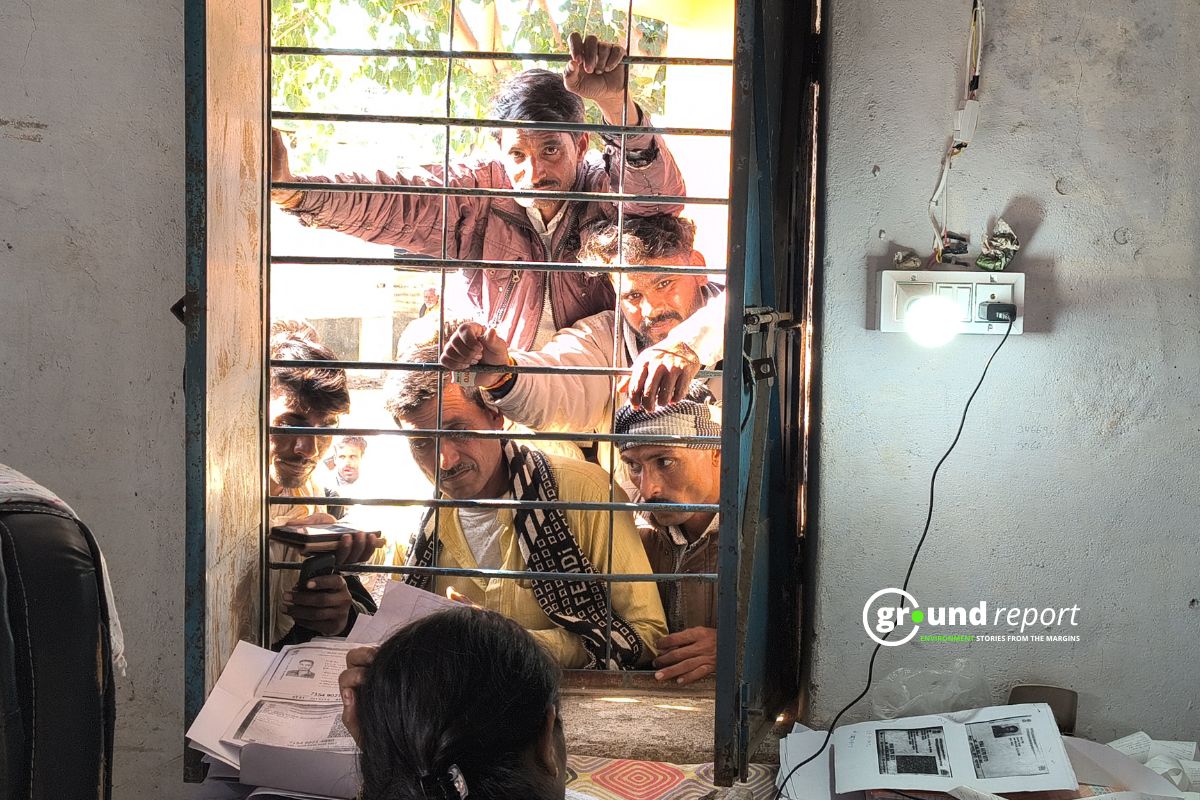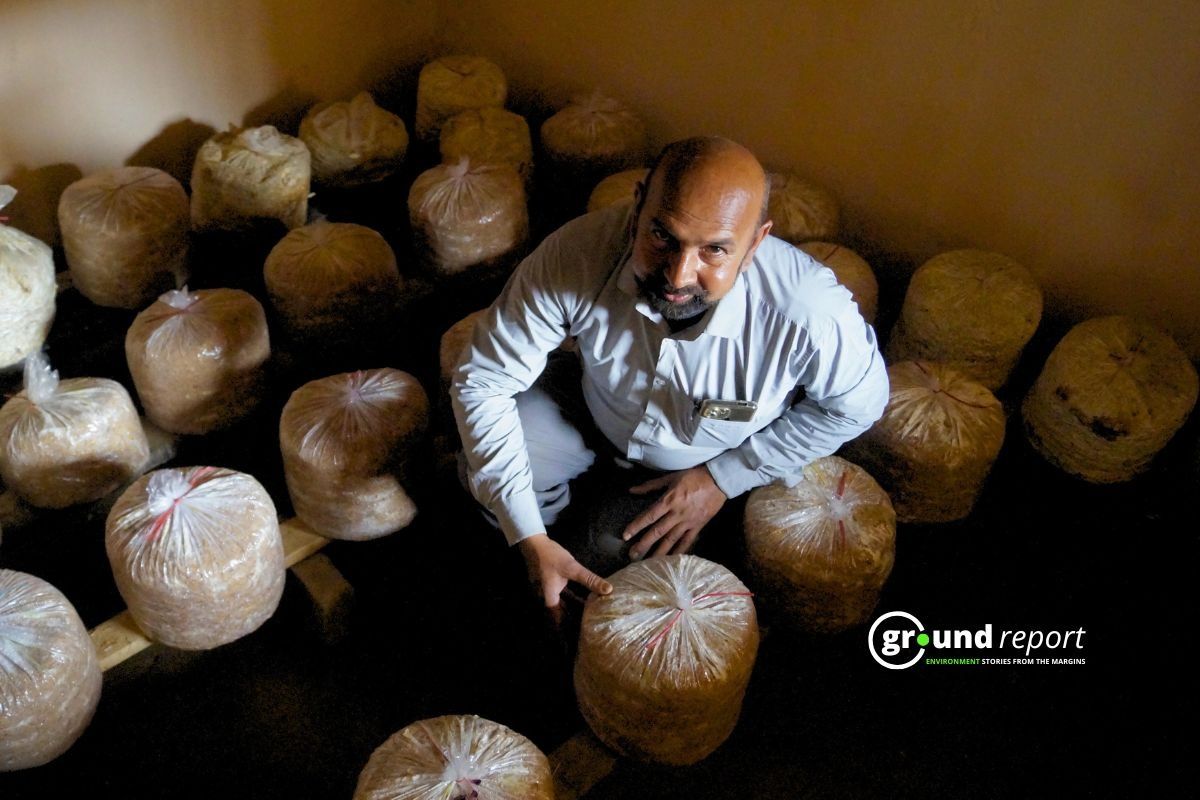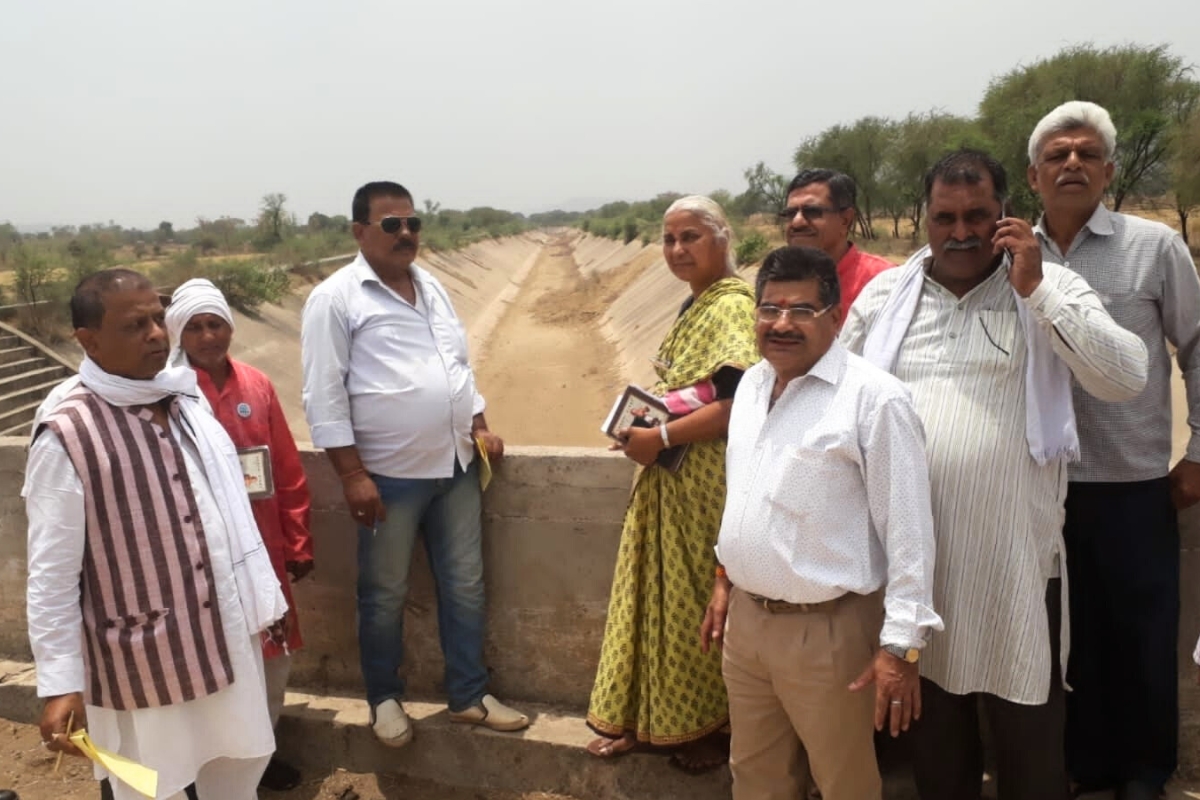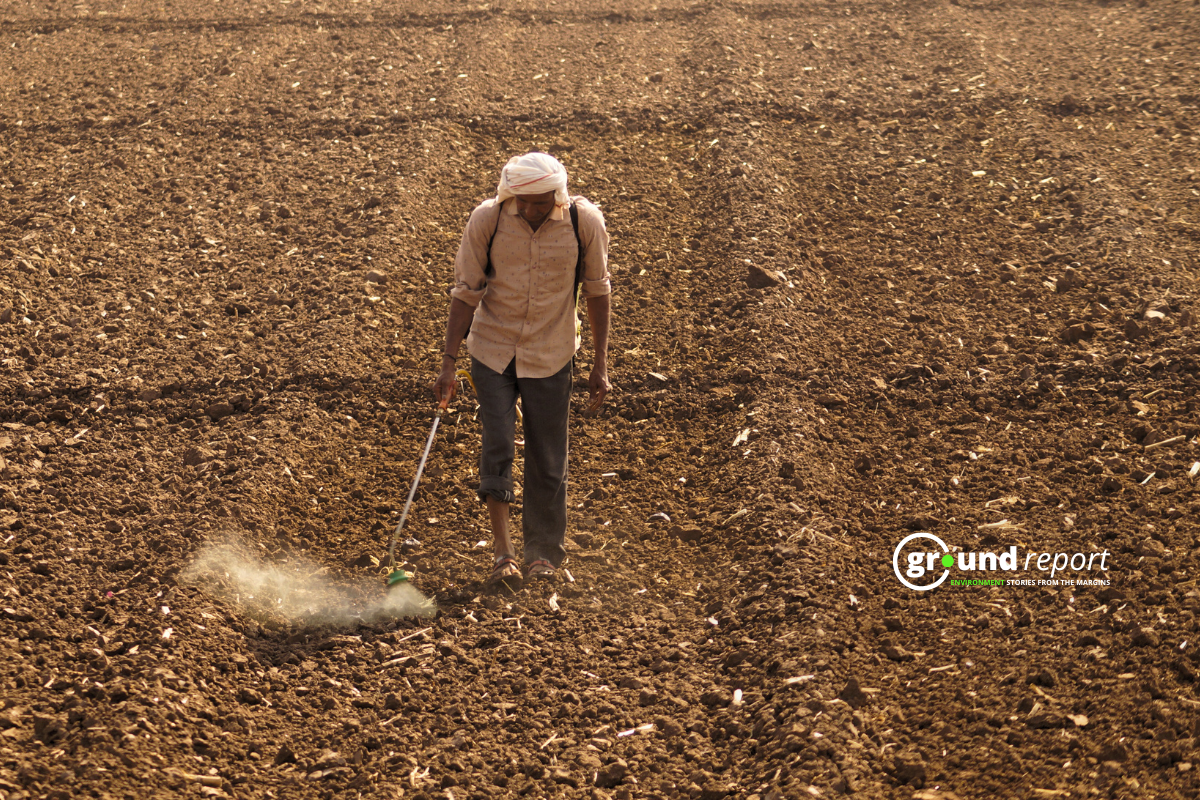Nine-year-old Umesh Kushwaha was bitten by a snake while bathing at his home in June 2024. The incident happened around nine in the morning.
Instead of seeking immediate medical attention, his family first attempted an exorcism on the advice of a villager. In some rural areas of Madhya Pradesh, snakebite victims are sometimes taken to exorcists or practitioners of traditional healing methods instead of seeking immediate medical treatment. The same happened in the case of Kushwaha, a fifth-standard student from Kaidi village in Chhatarpur district.
It was in the afternoon when his uncle took him to a hospital. The event was five hours after the incident. This delay in receiving proper medical care, including antivenom, can significantly reduce the chances of survival.

Doctors at the hospital told the family that the boy was in critical condition upon arrival, with the venom having significantly spread through his system. After three hours of treatment, medical staff confirmed that Umesh’s condition had stabilised, but they warned that any further delays could be fatal.
While exorcism and other traditional practices may hold cultural significance, they do not offer a scientifically proven cure for snakebite envenomation.
Umesh narrowly survived a cobra bite. But he suffered from blurred vision for a month. Along with this, he also complained of dizziness and blisters on his hands for 6-7 months. The doctor had also reprimanded Umesh’s family, stressing that only proper medical treatment could save him.
This incident has strengthened the villagers’ trust in medical care over traditional healing methods.
This shift was evident in the case of Aniket Raikwar, a 20-year-old college student from Kaidi village and another snakebite victim. Unlike in past cases, his family immediately rushed him to the hospital instead of turning to an exorcist.
On May 2nd, Aniket was at his farm when a snake wrapped around his leg and bit him as he lifted a bucket near a well. Panicked, he kicked the snake off, and it slithered away.
His friends quickly informed his father, who acted swiftly. Within a few hours, Aniket was admitted to the district hospital in Chhatarpur. Recognizing the seriousness of the situation, doctors started treatment without delay and advised that he should not be allowed to sleep for 24 hours. Their quick response likely saved his life.
Aniket remained under observation for a day, and he was discharged the next day once his condition stabilised.

A major concern
Many people in India die from snakebites each year. The country has a serious snakebite problem, with about 1 million cases annually and around 58,000 deaths. In addition, nearly four times as many people suffer serious disabilities from snakebites. Overall, snakebites cause between 81,000 and 138,000 deaths globally each year—about half of them in India.
Ninety percent of snakebite cases in India and other South Asian countries, including Pakistan, Nepal, and Bangladesh, are caused by four venomous snakes: the common krait, Indian cobra, Russell viper, and saw-scaled viper, collectively known as the ‘big four”.
In 2017, the World Health Organisation (WHO) declared snakebite envenoming a neglected tropical disease, with 70 percent of all snakebite deaths reported in South Asia. And the burden of this disease, like so many others, falls most heavily on the poorest. Snakebites are more likely to k ill people in impoverished communities because antivenom is often inaccessible to them.
Farmers, laborers, shepherds, fishermen, and their families—especially those living in rural areas—are at the highest risk of snakebites. Most victims are young people. In severe cases, snake bites can cause death or long-term disability. Pregnant women in these regions are particularly vulnerable and among the most at risk.
A study indicates that Madhya Pradesh, Maharashtra, West Bengal, Andhra Pradesh, Karnataka, Tamil Nadu, and Odisha report the highest numbers of snakebite cases and deaths. The research also shows a clear seasonal pattern: cases are lowest in January, begin to rise in February, and peak in June and July, with over 30,000 cases per month during these peak months. After July, the numbers gradually decline, dropping to around 10,000 cases per month by January.
Love for faith healers
In the study, the first 15 people interviewed revealed that 11 of them chose traditional treatment before going to the hospital. Many believe that snake venom can be cured using traditional methods instead of medicine.
In Kandi village, people often mentioned Simardha and Bhadeshwar—nearby villages where traditional snakebite treatment is common. Although the district hospital is equally distant, many people prefer to visit these nearby villages for indigenous remedies. They believe that less venomous or non-venomous bites can be treated through exorcism or traditional medicine. Since about 70% of snakes in India are less venomous, people build trust in these methods. However, in cases of highly venomous bites, traditional methods fail, leading to disappointment during emergencies.
As soon as a snakebite case is reported, the sarpanch and his family advise people to seek medical treatment. However, due to strong traditional beliefs, many still turn to indigenous medicine and exorcism. Such behaviour has often led to delays in proper treatment. In serious cases, such as Umesh’s, families eventually realise the need for medical help.
In Kaidi village, residents usually turn to the sarpanch’s brother-in-law, Arvind Kushwaha, for advice on health and financial matters. He often helps by arranging transport and money for emergencies. Speaking about snakebite cases, Arvind says:
“The Madhya Pradesh government should give information to people about the treatment of snakebite. Otherwise, people keep getting trapped like this. Many people do not get time for treatment. They lack knowledge and trust in English medicine.”
Government action
National Action Plan for Prevention and Control of Snakebite Envenoming (NAP-SE) by the Ministry of Health and Family Welfare, Government of India has been started in March 2024. Its aim is to halve the number of deaths and cases of disability caused by snakebites, similar to the goals set by the World Health Organisation. This plan includes providing technical and logistical support at the district and lower levels. Additionally, a Snakebite Helpline—15400—has been launched to offer immediate assistance. As of now, the helpline is active in five states, including Madhya Pradesh, and has been operational since March 2024. However, when Ground Report attempted to contact the toll-free number, the call did not go through.
Snakebite in Bundelkhand
Out of the 52 districts in Madhya Pradesh, most snakebite deaths happen in Satna, Sagar, and Chhatarpur. The fewest cases are reported from Burhanpur and Bhopal.
Government data shows six districts in Bundelkhand alone account for about 17%—or one-sixth—of all snakebite deaths in the state. Even today, many people in these areas still rely on old traditional methods, which often prevent timely and proper medical care.
Dr. Sharad Mishra from the Medicine Department at Chhatarpur District Hospital says many patients come to the hospital only after first trying exorcism or traditional remedies. Then they expect to be cured quickly. He explains that people often trust local babas who give them hope after a snakebite, which delays proper treatment and leads to deaths in serious cases.
He adds, “Only about 30% of snakes in Madhya Pradesh are poisonous. Exorcism and traditional medicines may work in the other 70% of cases, which is why people trust them. But in cases involving venomous snakes, these methods don’t work, and by the time patients come to us, it’s often too late.”
Dr Mishra further says that polyantivenom can be used to kill both types of poisonous snakes found in Madhya Pradesh (Neurotoxins And Cardiotoxins) can be saved. People should reach the hospital as soon as possible. The first hour is the golden hour; the antivenom given in this time is the most effective. Therefore, avoid squandering time on unneeded treatments. If the patient is frantic, then encourage him. He has a harder time surviving if he becomes afraid. Therefore, it is important that people come directly for treatment. Dr. Mishra says with special emphasis on one thing–
“There are more cases of snakebite in Bundelkhand. Many times, after giving antivenom to people for snakebite, adverse effects are seen. Patients experience a decline in their blood pressure and kidney function. Therefore, the creation of a dedicated ward can save lives in critical conditions. Apart from this, awareness among people is most important.”

Farmers, laborers, shepherds, fishermen, and their families—especially those living in rural areas—are at the highest risk of snakebites. Photograph: (Manvendra Singh Yadav/Ground Report) What to do in case of a snakebite
In case of a snakebite, it’s important to act quickly and follow these steps:
Stay calm – Try to keep the patient as still and calm as possible. Movement can spread the venom faster through the body.
Do not use traditional methods – Avoid exorcism, cutting the wound, sucking out venom, or applying tight tourniquets. These methods can do more harm than good.
Seek immediate medical help – take the patient to the nearest hospital as quickly as possible.
Snakebite deaths are real. Not everyone is as lucky as Umesh and Aniket.
Four years ago, Aniket’s 15-year-old cousin died from a snakebite. He was sleeping on the roof during the rainy season. He said something had bitten him, but it was dark, and the family didn’t realise how serious it was. By morning, he had died.
The family lost him because they didn’t get timely medical help. This time, Aniket was taken to the hospital quickly and survived.

Aniket’s grandfather, Shankar, remembers the loss. He says, “We performed his last rites. We don’t want to talk about it. We didn’t even get a post-mortem. We didn’t know it was needed. Afterwards, the police enquired as to why we hadn’t completed it, but it was already too late.
Because there was no post-mortem, the family didn’t receive any compensation. Reportedly, each snakebite death claim in Madhya Pradesh is compensated by the government with Rs 4 lakhs. This compensation is paid to the next of kin of the deceased.
In many villages, people don’t know the right way to treat snakebites. They often link it to black magic. This belief causes dangerous delays, and many people die as a result.
The government should launch awareness campaigns with the help of health teams and panchayats. People should avoid relying on black magic or local medicines, as Umesh’s family did, and instead take snakebite victims to the nearest hospital with antivenom, as Aniket’s father did. Dr. Mishra advises that the bite area should not be tampered with; it should be kept stable, and the patient should be rushed to the hospital without delay. Staying calm is essential.
Support us to keep independent environmental journalism alive in India.
Keep Reading
In Pictures: Kheoni Wildlife Sanctuary grows its borders to shelter Tigers & welcome tourists
Mystery Shrouds Death of 10 Elephants in Bandhavgarh: Timeline
Burning question: who’s accountable for Rajgarh’s forest fires?
Madhya Pradesh sees 66 forest fires daily; AI tracks, action still lags
Follow Ground Report on X, Instagram and Facebook for environmental and underreported stories from the margins. Give us feedback on our email id greport2018@gmail.com.
Don’t forget to Subscribe to our weekly newsletter, Join our community on WhatsApp, and Follow our YouTube Channel








